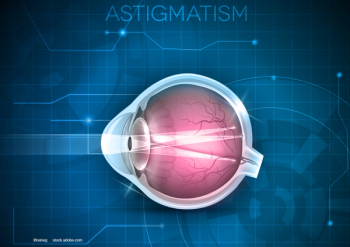
Striving to improve outcomes is important because of the negative effect of astigmatism on patients’ vision postoperatively.

Striving to improve outcomes is important because of the negative effect of astigmatism on patients’ vision postoperatively.

The rate of adverse events was low in this higher risk, difficult-to-manage population of special-needs children, noted Margaret Reynolds, MD.

The new procedure eliminates the need for scleral flaps by positioning the T-shaped IOL haptics in the scleral wall.

The company will begin commercialization of the IC-8 small aperture IOL, used for cataract patients, upon successful completion of the manufacturing facility inspections and receipt of an official approval order from the FDA, which the company estimates in Q2 2022.
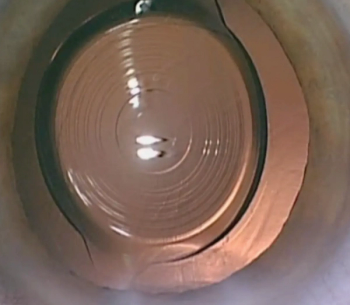
Lens combines diffractive multifocal and extended depth-of-focus properties.

“Real talk” on new devices gives surgeons, patients decision-making insights

Sustained-release option is deposited directly into the lenticular capsule.

Lens an option for complicated eyes, astigmatism, monovision candidates.

The company will host Innovation Week from Sept. 21-23, demonstrating new data management innovations across devices, workflow solutions and software applications.

Early experience with next-generation lens engenders positive perception.

Ed Hu, MD, PhD, shares highlights from his paper analyzing three years' worth of his own postop data on comparative lens rotations in toric IOL platforms.

Trifocal IOLs can, if implanted with caution, be suitable for patients with keratoconus.
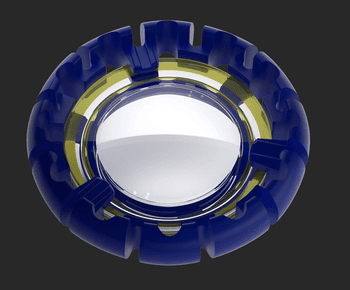
Eric Donnenfeld, MD, presents results of the year-long Grail Study demonstrating the safety and performance of the Juvene IOL from LensGen Inc.

Physician offers practical advice for the use of systems.
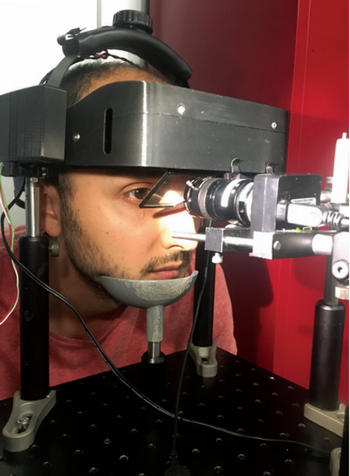
Holographic technology offers after-surgery glimpse for surgeons, patients.

Investigators find little difference between the options.

In recognition of Cataract Awareness Month.

In recognition of Cataract Awareness Month, Fasika Woreta, MD, MPH, discusses IOL options for cataract patients.
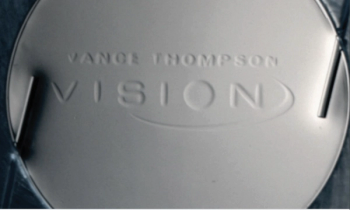
Lens option can correct for surgically induced astigmatism or an inaccurate position.
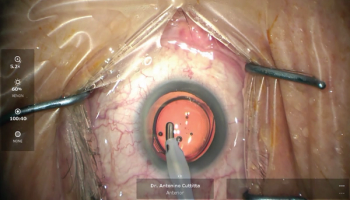
Bi-sign design compensates for aberrations resulting from misalignment.
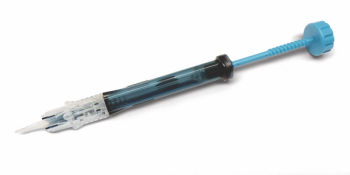
According to the company, more than 400 eyes of patients from 12 European countries have been fitted with the TECNIS Eyhance Toric II IOL, with surgeons surveyed noting that their patients are pleased with the results.
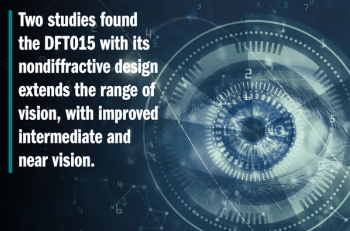
Intermediate/near vision improvements are achieved without compromising distance vision.

Uwe Oberheide, MD, discusses the key findings of his virtual ARVO 2021 presentation on modeling of IOLs for patients with AMD by ray-tracing.
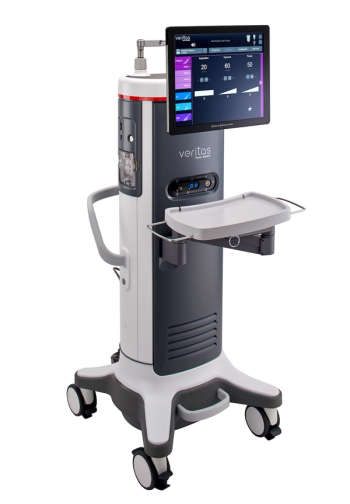
Johnson & Johnson Vision announced today that the FDA has granted 510(k) clearance and CE mark for its VERTIAST Vision System, a next-generation phacoemulsification innovation.
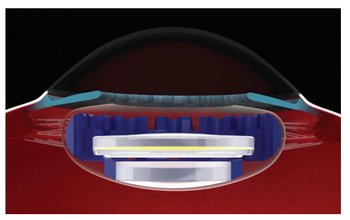
Lens offers full range of vision from distance through near vision.